Oct. 3, 2025: In early October, Greater Yellowlegs forage actively in Buzzards Bay marshes, shifting with tides between mudflats, creeks, and ponds. Restless and vocal, they feed intensively by day, roost at night, and resume nocturnal southbound migration.
In October, Greater Yellowlegs moving through marshes along Buzzards Bay are in the midst of their southbound fall migration, and their daily rhythm reflects both the urgency of fueling up and the adaptability of a wide-ranging shorebird.
Daily Habits & Movements
Foraging Activity: Greater Yellowlegs are highly active feeders, foraging throughout the day, with peak activity often in the morning and late afternoon when invertebrates and small fish are more available. They probe with their slightly upturned bills in shallow water, but are also aggressive visual hunters—chasing fish, minnows, shrimp, and aquatic insects with quick darting runs. In tidal marshes around Buzzards Bay, they shift between probing muddy pools, wading in flooded salt pans, and working the edges of tidal creeks as the tide rises and falls.
Movements Within the Marsh: As the tide recedes, they move out to exposed mudflats and sandbars where prey is concentrated. During high tide, they often retreat into shallow impoundments, salt ponds, or the upper reaches of creeks where water levels remain suitable for foraging. They range widely within a marsh system, covering ground with long strides, and may loosely associate with other shorebirds such as Lesser Yellowlegs, Willets, or dowitchers, though they remain noticeably more restless and aggressive feeders.
Behavioral Notes: Their loud, ringing tu-tu-tu calls are frequently heard as individuals or small groups fly between foraging spots, helping you detect their movements even when visibility is limited.They are wary and alert, often flushing readily when disturbed, circling high, and then dropping into another section of the marsh.
Migration Dynamics: In early October, most are moving steadily southward, but some may linger for days in productive marshes if food is abundant. They typically migrate singly or in loose groups, and flights are often at night, meaning that birds observed by day are often pausing to feed and replenish energy reserves before resuming their journey.
Daily Cycle in Buzzards Bay Marshes:
Dawn: actively foraging along shallow creeks and tidal pools as the light improves.
Midday: continue feeding, often shifting into quieter, more protected impoundments or ponds if human disturbance is present.
Afternoon: strong feeding bouts resume, especially as tide levels expose fresh mud and prey.
Evening/Dusk: last feeding effort before nightfall, followed by roosting in open, shallow water areas or moving on to resume nocturnal migration.
In short: Greater Yellowlegs in Buzzards Bay marshes in October are active, restless foragers that track the tide cycle closely, shift feeding grounds within the marsh, and use their stopovers mainly to fuel up on fish and invertebrates before continuing south, often under cover of darkness.

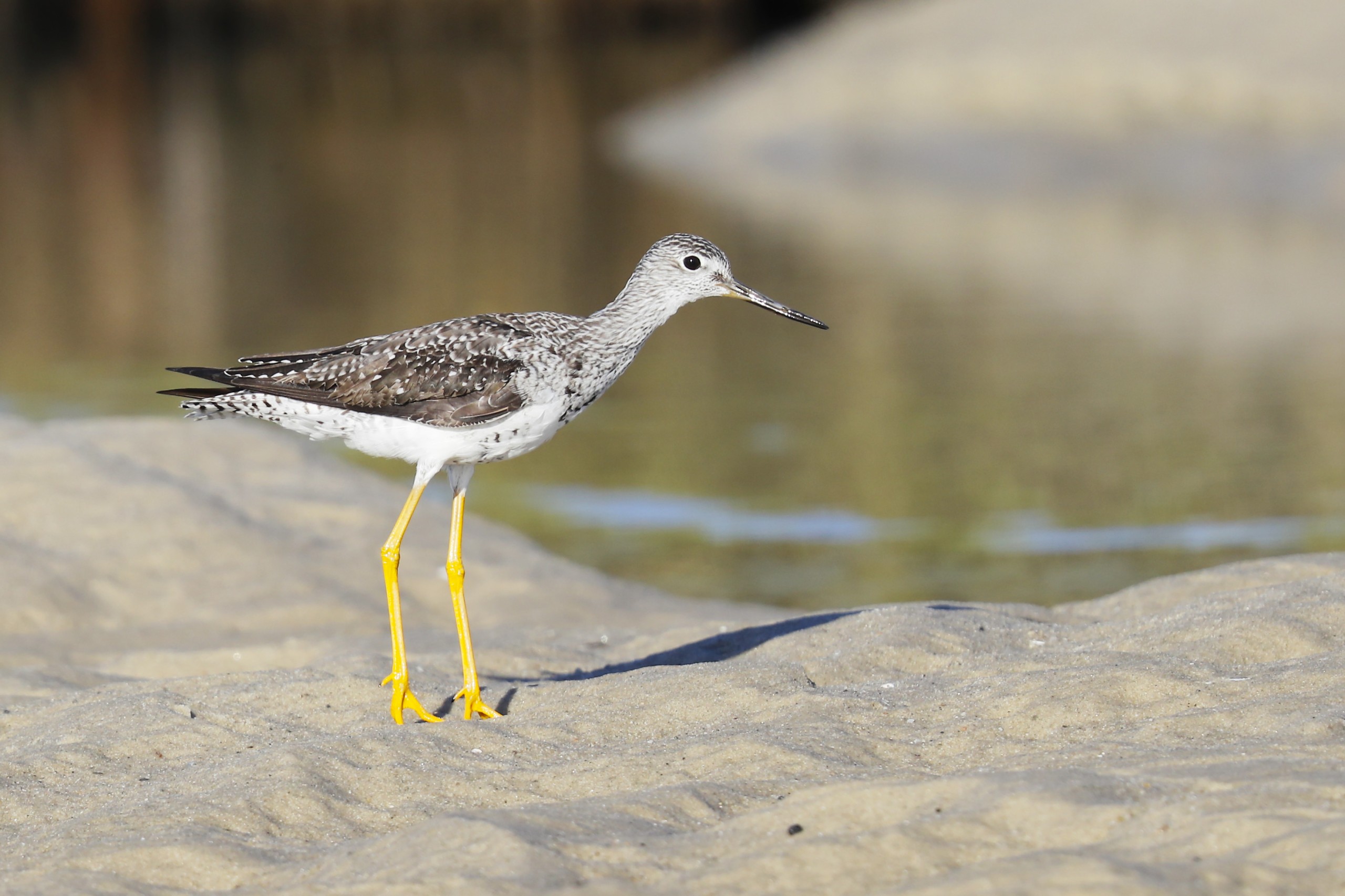
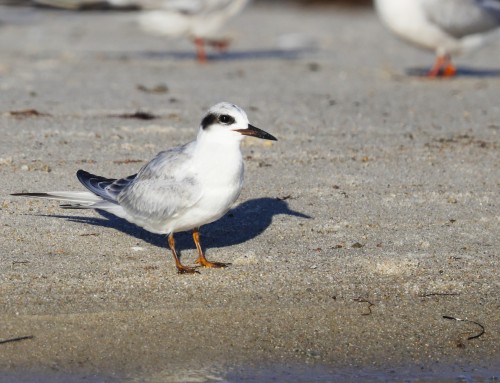
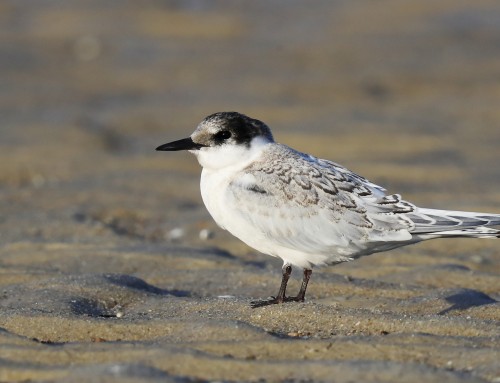
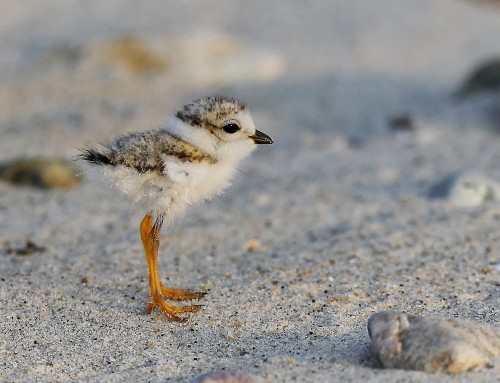
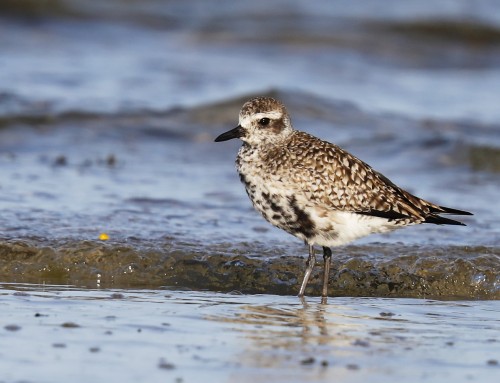
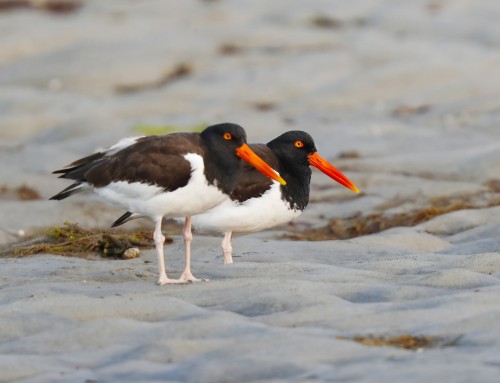
Leave A Comment
You must be logged in to post a comment.